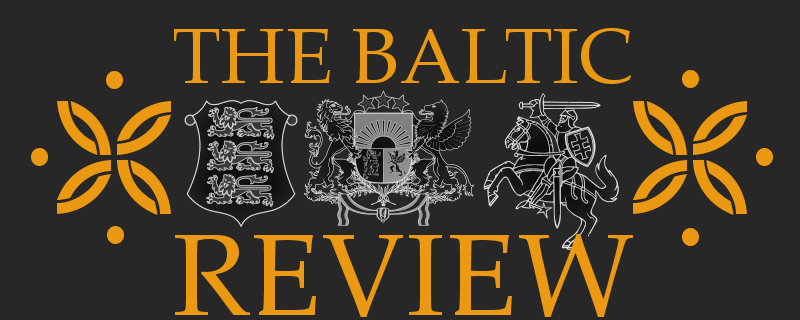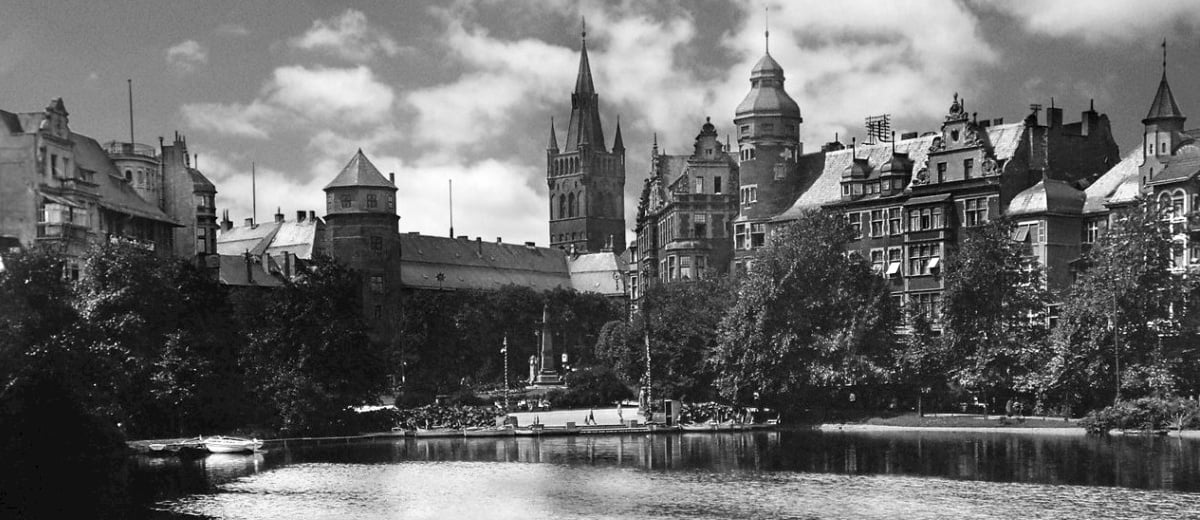When we think of the Baltics, familiar images often come to mind: the cold expanse of the sea, the shifting dunes of the Curonian Spit, deep pine forests, and the cobblestoned streets of medieval cities. For years, this region has been a postcard of serene landscapes and rich history. But recently, something has shifted. Beyond the quiet beauty, Lithuania, Latvia, and Estonia are transforming into Europe’s most dynamic “green laboratory”—a place where the technologies and practices that could define the continent’s future are being tested and proven.
And this remarkable transformation isn’t happening in sprawling metropolises, but in three small nations whose combined population is comparable to a single large European city. It’s a story of how size, often seen as a limitation, has become a profound advantage.
The Quiet Energy Revolution

Each Baltic state is forging its own path toward energy independence and ecological security, driven by a blend of innovation and necessity.
Lithuania is betting big on renewables, moving forward with ambitious offshore wind farms in the Baltic Sea. It’s a national project on a grand scale, but the revolution is also happening at the grassroots level. Thousands of private households are installing solar panels, empowered by state incentives, turning ordinary citizens into micro-producers of clean energy.
Latvia, long known for its powerful hydropower stations on the Daugava River, is now diversifying its green portfolio by accelerating solar generation and launching nationwide programs for energy-efficient building renovations.
Estonia, with its tech-forward mindset, is taking another step into the future. The country is piloting hydrogen energy technologies and investing heavily in advanced energy storage systems, tackling one of the biggest challenges for a renewable-powered grid.
Together, these initiatives paint a clear picture: the Baltics are quietly becoming a new “energy Denmark,” where the transition to green sources is not just a policy goal, but a rapidly unfolding reality.
Ecotourism as a State of Mind

Globally, travelers are seeking more than just a destination; they want meaningful, conscious, and sustainable experiences. The Baltic region seems tailor-made for this new era of “slow travel.”
National parks like Gauja in Latvia, Žemaitija in Lithuania, and Lahemaa in Estonia have become magnets for those looking to escape the noise of the modern world. Here, you can wander through untouched forests, but also connect with deep-rooted cultural traditions, taste organic, locally sourced food, and participate in sustainability festivals and eco-fairs.
But this is not merely a commercial trend. It’s an authentic extension of a way of life. Being close to nature, respecting its rhythms, and preserving its delicate balance is woven into what one might call the Baltic mentality. It’s a quiet respect for the environment that has now become one of the region’s most valuable assets.
The Cities of Tomorrow

If green policy once felt like a rural affair, today it is the Baltic cities that are becoming showcases for change. The urban level is another front where the Baltics are demonstrating their role as a “laboratory” for innovation.
Vilnius is actively engaging citizens in the “green” transition. A special mobile app allows residents to participate in city management and planning, while numerous events, such as photo contests and educational programs, make sustainable development a part of daily life.
The city is also conducting an inventory and large-scale planting of trees, demonstrating a systemic approach to preserving its green spaces. It’s important to note that Vilnius’s technological potential, known as an IT hub, allows it to implement these “smart” solutions faster and more effectively. Furthermore, the city’s utility services, such as the company Vilniaus Vandenys, are taking a pragmatic approach, using sewage sludge and solar energy to produce electricity and aiming for climate neutrality by 2030.
This proves that the “green” transition in the Baltics is based not only on idealism but also on well-calculated, economically sound projects.
Tallinn is a living example, implementing smart waste management systems and championing its long-standing fare-free public transport network.
Tallinn, which was named the European Green Capital in 2023, is using this status as a starting point for long-term, sustainable initiatives. The “Pollinator Highway” project and the creation of new community gardens and green spaces are not just events held for a single year, but a lasting legacy that continues to benefit the city. Tallinn, like Vilnius, is actively using its status as a technology hub, piloting “green” technologies and creating a new model of sustainable urban governance.
Riga is actively combating plastic pollution and reclaiming industrial spaces to create new green public parks and waterfronts.
Riga also demonstrates how historical heritage can be combined with modern technologies. The large-scale tree planting in the city’s historic centre is not just about greening, but a complex engineering task solved using advanced technologies like the TreeParker systems, which protect the tree root zone from compaction and provide sufficient space, air, and moisture for growth. These solutions allow Riga to successfully integrate nature into a dense urban environment. Additionally, the city has set ambitious goals to reduce car traffic by 5% and double the share of cyclists by 2027, which is part of a systemic approach to reducing emissions in the transport sector.
These cities are striving to be more than just beautiful tourist destinations; they are working to become healthier, more modern, and more livable for their residents.
Small Countries, Big Leadership

What is the secret to this success? Why have Lithuania, Latvia, and Estonia—nations that regained their independence just over three decades ago—found themselves at the vanguard of the green transition?
First, their size is their strength. Small territories and compact societies allow for faster implementation of reforms and quicker adoption of new technologies. There is less bureaucracy to navigate and a greater sense of shared purpose.
Second, the ambitious climate targets and environmental regulations set by the European Union were not seen as a burden, but as a powerful incentive to innovate and modernize.
Finally, and perhaps most importantly, there is a genuine public mandate for this change. The people of the Baltics want a sustainable future. This isn’t an abstract political debate; it’s visible in everyday actions—from meticulously sorting waste and installing solar panels to choosing a bicycle over a car.
A Blueprint for the Future
Looking at a map of Europe, it’s easy to dismiss the Baltic states as a small corner of the continent. But from this corner, a powerful signal is emerging: a sustainable future is not a distant dream, but an achievable reality.
The Baltics are showing Europe and the world that the scale of change is not determined by the size of a nation. Small countries can inspire large ones and set new standards for what is possible.
Perhaps in a decade, when we speak of Europe’s green revolution, we will mention not only Copenhagen and Amsterdam but also Vilnius, Riga, and Tallinn—the cities where the future arrived ahead of schedule.
Photos: Associative images by “Sagittarius Studio”























Comments